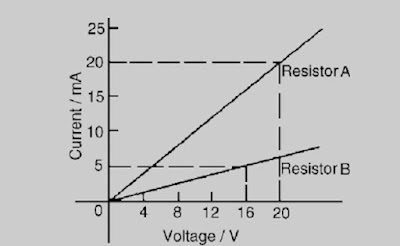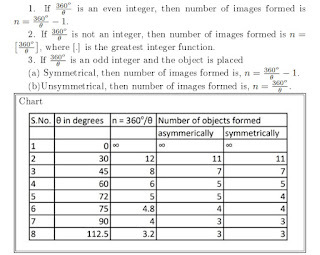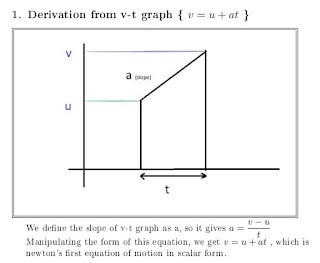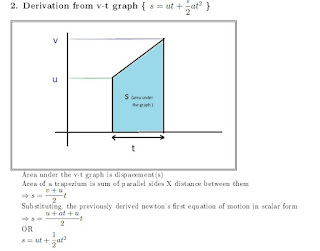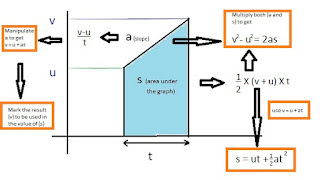Malkit Singh's Blog
May 30, 2025
Optics
Concept Based
Q. 1. Why does a ray of light passing through the centre ofcurvature of a concave mirror gets reflected along same path after reflection?
Q. 2. What kind ofimage is formed on a cinema screen?
Q. 3. What do you meanby laterally inverted?
Q.4. Whatis the difference between virtual images produced by concave, plane and convexmirrors?
Q.5. Fordriving a car what type of mirror would you prefer to see the traffic at yourback and why? Explain why it is preferred over a plane mirror?
Q.6 An erectimage three times the size of the object is formed with a concave mirror ofradius of curvature 36 cm. What is the position of the image?
Q.7.Discuss the position and nature of the image formed by a concave mirror whenthe object is moved from infinity towards the pole of mirror.
Q.8 Findthe position, nature and size of the image of an object 3 cm high place at adistance of 9 cm from a concave mirror of focal length 18 cm.
Q.9. Withthe help of ray diagrams, show the formation of image of an object by a concavemirror. When it is placed: (i) beyond the centre of curvature (ii) at thecentre of curvature.
MCQ
Q.1. Multiple images areformed by a thick plane mirror. Which of the following is the brightest of allthe images?
A. First
B. second
C. third
D. fourth
Q. 2. A plane mirror isplaced vertically facing due north. An arrow pointing north-east is kept infront of the mirror. In which direction will the arrow point in this image?
A. north-east
B. south-east
C. south-west
D. north-west
Q. 3. When a plane mirror isrotated through a certain angle, the reflected ray turns through twice as muchand the size of the image:
A. is doubled
B. is halved
C. becomes infinite
D. remains same
Q.4. The image formed by aconvex mirror is only one-third of the size of the object. If the focal lengthof the mirror is 12 cm, the image formed will be
A. 8 cm behind the mirror
B. 10 cm behind the mirror
C. 8 cm in front of themirror
D. 10 cm in front of the mirror
Q.5. A beam of lightincident on a plane mirror forms a real image on reflection. The incident beamis:
A. parallel
B. convergent
C. divergent
D. not certain
Q.6. If an object is placedsymmetrically between two plane mirrors, inclined at an angle of 72°, thentotal number of images formed is:
A. 5
B. 4
C. 2
D. infinite
Q.7. A plane mirror producesa magnification of:
A. -1
B. + 1
C. zero
D. between 0 and infinity
Q. 8. A dice is place withone of its edges parallel to the principal axis between the principal focus andthe centre of curvature of concave mirror. Then the final image has the shapeof:
A. cube
B. rectangularparallelepiped
C. barrel shape
D. spherical
Q.9. Two adjacent walls andthe ceiling of a rectangular room are mirror surfaced. The number of images ofhimself that an observer sees is:
A. 3
B. 9
C. 6
D. 8
Q. 10. Image formed by aconvex spherical mirror is:
A. virtual
B. real
C. enlarged
D. inverted
Q.11. A diminished virtualimage can be obtained only in:
A. plane mirror
B. concave mirror
C. convex mirror
D. all of these
Q. 12. A convex mirror has afocal length f. A real object is placed at a distance f in front of it. Themirror produces an image at:
A. infinity
B. f
C. f/2
D. 2f
Q. 13. A light ray incidentnormally on a plane mirror suffers deviation of:
A. zero
B. 90°
C. 180°
D. 360°
Q. 14. A convex mirror isused to form the image of a real object. Then tick the wrong statement:
A. image lies between thepole and the focus
B. image lies is diminishedin size
C. image is erect
D. image is real
Q.15. An object is placed ata distance of 40 cm in front of a concave mirror of focal length 20 cm. Theimage produced is:
A. virtual and inverted
B. real and erect
C. real, inverted anddiminished
D. real, inverted and of same size
Q. 16. Two plane mirrors areat right angles to each other. A man stands between them and combs his hairwith the right hand. In how many images will he be seen using his left hand?
A. none
B. 1
C. 2
D. 3
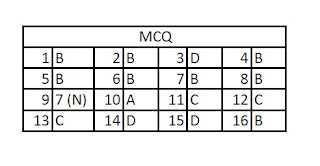
Comprehensive Exercises (T/F)
1. Lawsof reflection are true only for plane mirror and not for curved mirrors.
2. The radius of curvature of a spherical mirroris half of the focal length.
3. Therays travelling parallel to the principal axis after reflecting from theconcave mirror pass or appear to pass throng the focus.
4. Convexmirror can be u s ed to see large image of small object.
5. Aconvex mirror always forms a virtual and erect image.
6. Aconcave mirror can be used to obtain a parallel beam of light from a smalllamp.
7. Aplane mirror can be used to form a real image equal in size as of the object.
8. Avirtual, magnified and erect image can be formed by a concave mirror.
9. When aplane mirror is turned by a angle θ, the reflected rays turns by an angle θ.
10. In aplane mirror, the distance between image and the mirror is the same as distancebetween object and the mirror.
11. If anobject is placed in between two plane mirrors inclined at and angle 45°, thenthe number of image formed will be 9.
12. Mirrorformula is relation between height of the image and the height of the object.
13. Mirrorformula is the same irrespective of convex mirror or a concave mirror.
14. Magnificationequation is the same irrespective of convex mirror and concave mirror.

May 29, 2025
Number of Images ( in plane mirrors )
Equations of Motion {Detailed}
Equations of Motion {Complete Derivation Concept}
September 1, 2024
V-I Graphs
Problem . The current/voltage relationship for two resistors A and B is as shown in Figure. Determine the value of the resistance of each resistor.

Problem . Graphs of current against voltage for two resistors P and Q are shown in Figure .Determine the value of each resistor.
